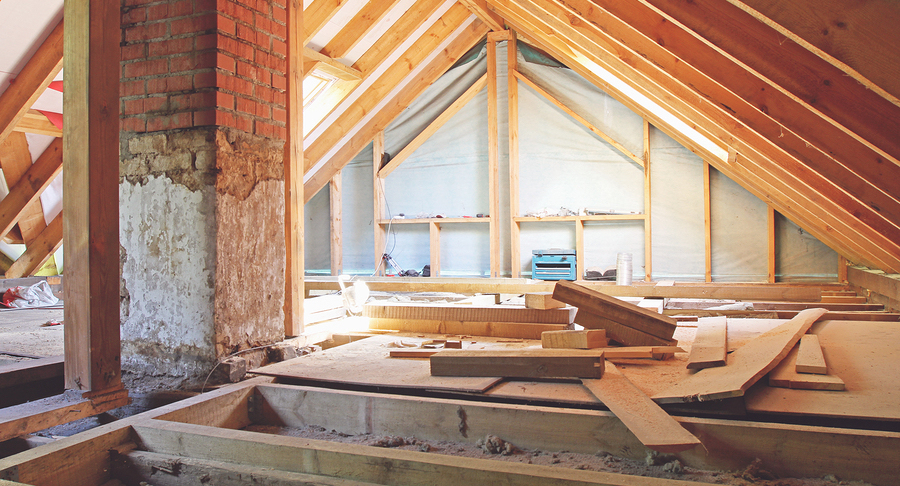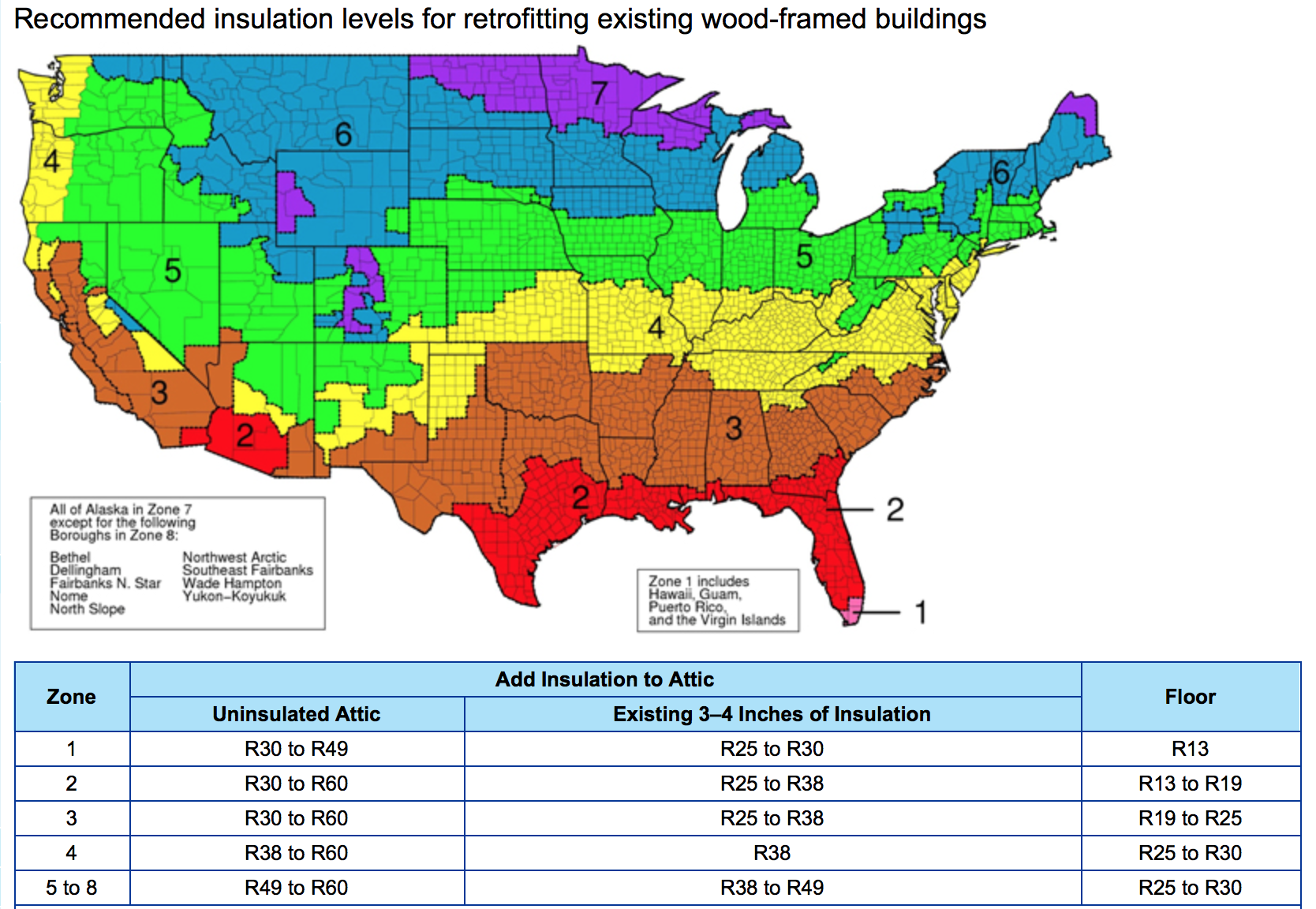READY TO GET STARTED?
REQUEST A FREE ESTIMATE
Fill out the form below or call (888) 466-7849 for a free, no-obligation estimate.

Winter can be harsh on our homes and our wallets. It can be a struggle to keep warm air inside, making us cold and driving heating costs up. But you don’t have to be cold OR empty your pockets this winter with these home winterization tips.
Keeping your heating and air system maintained with regular HVAC tune-ups will ensure your unit is running at maximum efficiency, making your home warmer and your bills lower. Regular maintenance will also extend the life of your HVAC system! This includes cleaning and/or replacing filters, checking thermostats, and checking/cleaning heating system components, all of which are usually included in an HVAC tune-up done by a heating and air company.
Most homes don’t have enough insulation which is needed to help your HVAC system run more efficiently, keep cold air out, warm air in, resulting in lower utility bills. Call an insulation company – most offer free inspections – to check your home’s insulation levels. Then you can decide what and where you need additional insulation and what kind will work best for your home. Consider a blown-in option, like TAP Insulation, which has the added benefit of permanent pest control.
Set your water heater’s temperature to 120 degrees or lower. This will save up to 10% on monthly water heating costs without you having to give up hot showers.
Don’t pay for unused heat by forgetting to lower the thermostat before you leave the house. To make this easy, consider installing a programmable thermostat.
Sealing gaps around your home is one of the easiest ways to keep warm air in, cold air out, prevent pests, and save money. Check around windows, doors, chimneys, and pipes for openings, gaps, and cracks, and repair as needed. For added protection, consider installing storm windows and doors.
Lower water heating costs and prevent pipes from freezing by insulating them. Check your local home improvement store for insulation options; most are easy to install yourself.

The majority of homes we inspect do not have adequate insulation in the attic. Most often, when homes are constructed, contractors will install the minimum amount of insulation required. While minimal insulation is better than no insulation, having the proper amount will make your HVAC system run more efficiently which keeps your home warmer in the winter, cooler in the summer, and saves you money on energy bills ALL YEAR LONG. The investment of insulation begins paying for itself immediately!
For attic insulation, there are a lot of options you can choose from, making it a somewhat stressful decision for homeowners. Here are some things to consider:

For most insulation projects, we recommend using TAP Insulation. TAP is a loose-fill, cellulose insulation product that guarantees energy cost savings of 20-38% when installed at recommended R-Values. TAP, short for Thermal Acoustical Pest Control, Insulation is made of 87% recycled newsprint, is energy star rated, and treated with borates, a natural pest control product that provides permanent pest protection in your attic. TAP is also unique in that it has the added benefit of fire protection. And, in addition to saving you tons of money throughout the year on utility bills, TAP Insulation keeps warm air inside in colder temperatures, cool air in warmer temperatures, making your home comfortable year-round.
 Some people think that when the temperatures drop, they will have less pest issues. For some critters this may be true, as they use the autumn to store up for a cold winter, during which they hide away. However, some of the larger animals such as squirrels, raccoons, possums, etc., might want to use your home for a warm space to hide away from the weather. Northwest Exterminating’s Wildlife Team knows just what to do in order to keep your home a pest-free zone!
Some people think that when the temperatures drop, they will have less pest issues. For some critters this may be true, as they use the autumn to store up for a cold winter, during which they hide away. However, some of the larger animals such as squirrels, raccoons, possums, etc., might want to use your home for a warm space to hide away from the weather. Northwest Exterminating’s Wildlife Team knows just what to do in order to keep your home a pest-free zone!
Depending on what type of animals may be in your area, they can leave you susceptible to various issues. For instance, some squirrels like to make nests in attics, using your insulation as material! The costs of repair plus the hazards of a potential electrical fire due to damaged wires makes it really necessary to block this area off from potential unwanted guests. Aside from squirrels, other creatures have the potential to do damage in the form of bites or fleas that might affect your children or pets.
To reduce these risks against you, Northwest’s Wildlife Team specializes in wildlife exclusion. One of form of wildlife exclusion involves sealing up any potential openings to secure your home. The Wildlife Team will inspect your home, evaluating potential problem areas and implementing measures to eliminate these issues. However, if by chance your home has already gotten unsolicited attention from these pests, the Wildlife Team knows just what to do to take care of your home and prevent the issue from happening in the future. If you need a Wildlife representative, please contact us at 888-466-7849 or visit our website www.callnorthwest.com
Source: http://ezinearticles.com/?The-Importance-of-Wildlife-Exclusion&id=7352650
Melissa Brown
[email protected]
 Do you have trees near your home? If so, then you have a threat of squirrels getting into your attic. They may look cute with their furry little bodies but don’t let them fool you, they can cause some major damage. When they live in your home they damage insulation, electrical cables (potential fire hazard) and can be unsanitary by leaving urine and droppings throughout your attic.
Do you have trees near your home? If so, then you have a threat of squirrels getting into your attic. They may look cute with their furry little bodies but don’t let them fool you, they can cause some major damage. When they live in your home they damage insulation, electrical cables (potential fire hazard) and can be unsanitary by leaving urine and droppings throughout your attic.
One of the first clues that people experience is the sound of scratching, clawing, gnawing, or scurrying noises. If you think that you may have squirrels in your attic, call a professional. Squirrel removal is not recommended for amateurs.
Things that you can do to prevent squirrels from getting into your attic:
All of these things can help but squirrels are excellent climbers and will sometimes find alternate ways to get into your home to feed and give birth. The best solution is to call Northwest Exterminating to remove the squirrels in your attic.